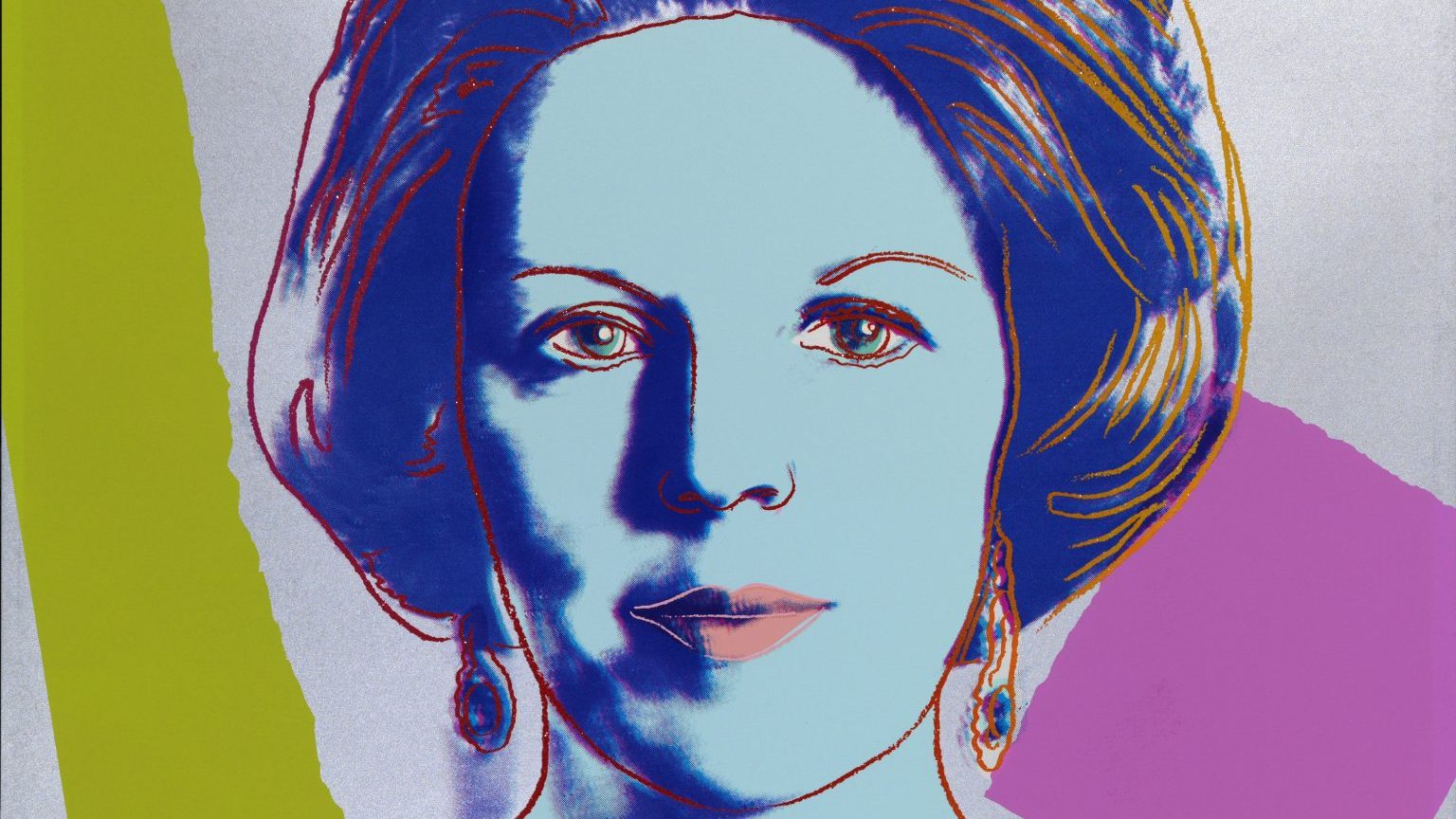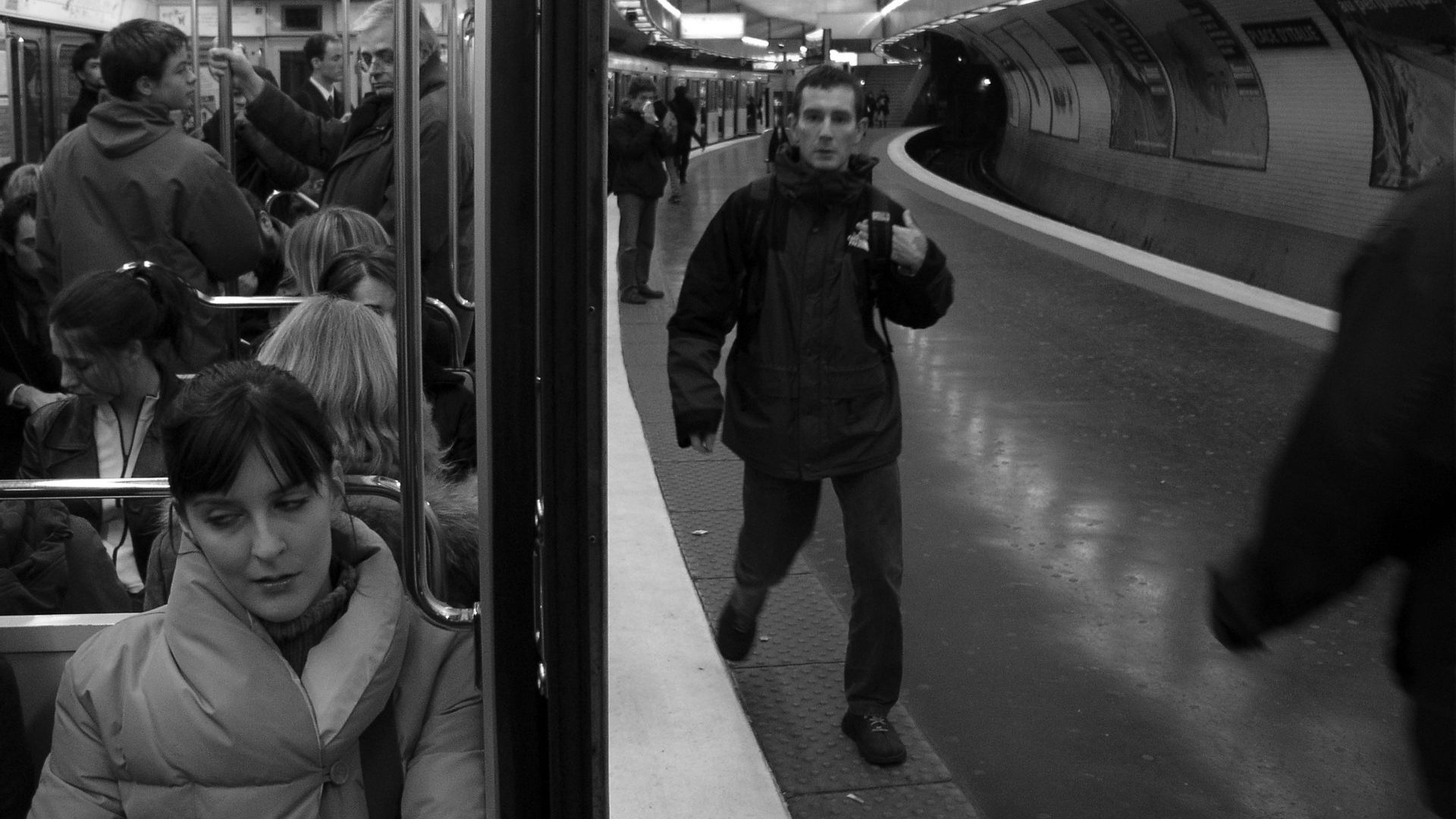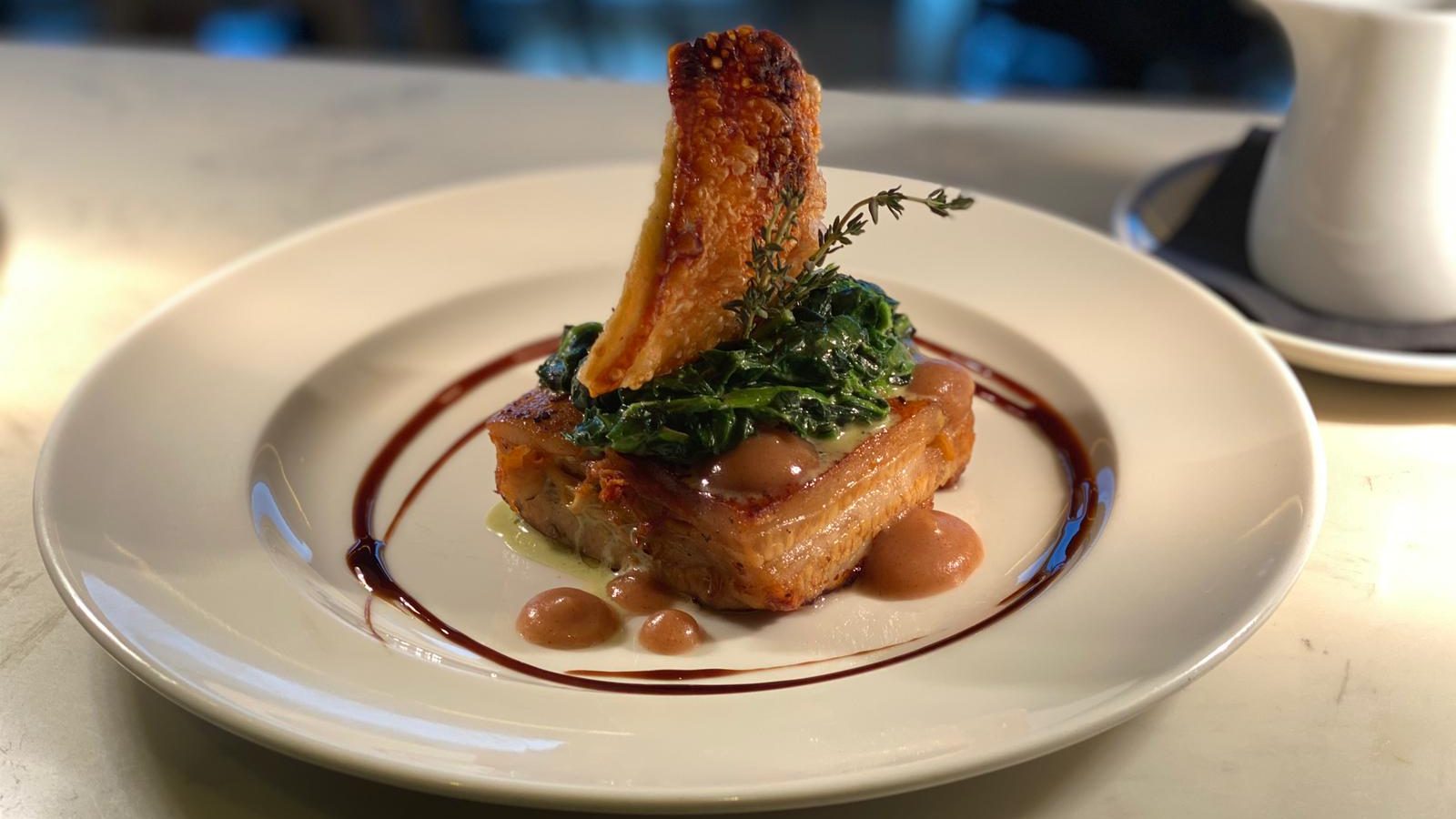The 20th century had barely dawned when the Dutch royal family threw open the doors of its summer palace to the public. Starting in 1902, for a few cents residents of Apeldoorn in the heart of the Veluwe heathland and visitors to the town could trundle along a fine avenue of oaks and walk right into the regal rooms. True, the visits were only permitted when the royal family was away, but it was a step in the right direction. Today Paleis Het Loo is open to the public all year round – it is state-run and now expanded thanks to a four-year, €231m (£197m) project.
The low-rise red brick house, shaped like a staple with east and west wings, was built on the site of an old hunting lodge put up by William and Mary, who bought the estate in 1684, before they were offered the English throne. But from the time of their coronation in 1689, Mary never returned to the relatively modest palace she loved. One monarch had to stay on English soil at all times.
During her brief tenure, she furnished her Dutch home lavishly, collected the newly fashionable blue and white China and threw herself into the design of the garden. Like other royals, she sought relief from public duties in everyday tasks, favouring a cool, functional room off the garden where Vermeer might have painted one of his domestic scenes. A fanciful grotto was decorated with shells from around the world. She churned butter and made cheese.
But those modest pleasures were relatively short-lived. Despatched to marry her cousin Willem III at 15, she died at 32, and the palace passed from generation to generation until it was commandeered by the brother of Napoleon, Louis, who was appointed king of Holland by the emperor in 1806. He rendered the red brick, painted the whole building white, plastered over interior details he considered unfashionable, and gave the whole place an empire makeover. Luckily the sash windows, an exciting new invention, were retained. The English called the innovation Dutch windows; the Dutch called them English windows… The palace remained in its bastardised form until King William I moved in, and even he, frugally, made few changes at first.
From there, the palace passed quickly into the modern world. King William II rarely visited, King William III lived there almost permanently, and his daughter Wilhelmina, on becoming queen at the age of 10, grew up there and reigned from there, the first of three queens who reigned into the 21st century.
In its original form, Paleis Het Loo was a low, symmetrical, red-brick edifice, restrained by the European standards of the day, which tended towards more opulent displays of wealth. But it had one surprisingly handy feature: abundant water. While Versailles – also originally a hunting lodge – prided itself on its fountains and water features, the Dutch royal family quietly upstaged Louis XIV with its King’s Fountain, rising a spectacular 13 metres, way above the best efforts of Versailles, but also fed by fresh water, and not water that was, according to contemporary accounts of the French extravaganza, continually recycled and distinctly foetid. A fountaineer was a highly respected engineer who could command twice the pay of a head gardener. William and Mary employed Rutger van Cleeff, who had a team of eight to maintain an uninterrupted water supply in the summer and drain and protect the ducts in the winter. Given a home and paid a princely 900 guilders a year, tax-free, his duties were later taken by his widow. Upon her death the exacting job fell to the gardener and the glory of Paleis Het Loo fell into disrepair for many years.
It was this focus on water that inspired the architect of a gracious new extension to the palace, which marks the latest of its several manifestations over the centuries. Dikkie Scipio of KAAN Architecten is an expert in adapting ancient buildings to modern needs; she was also behind the recently renovated and reopened KMSKA in Antwerp. Her proposal, which won a competition to design an extension for Paleis Het Loo, involved digging down, driving in 500 10-metre piles, and putting a new floor under the existing palace. With 5,000 square metres of new space, it is vast but, from the outside, virtually invisible. Despite being underground, it is bright and airy, because Scipio repurposed a courtyard fountain and created a huge lightwell. Other measures that combine good design with environmental thought include flooring the new restaurant with timber reclaimed from the necessary felling of the avenue of 300-year-old oak trees.
One of the purposes of the extension was to house an important art collection featuring more than 1,000 works, of which 150 or so are on display, and some names not normally associated with royal portraiture. Beatrix was depicted in a screenprint by Andy Warhol, who took his design from Max Koot, who often photographed the queen. The portrait, from his 1985 Reigning Queens series, is among 16 prints of the four ruling queens at that time in the world: Queen Elizabeth II, Queen Beatrix of the Netherlands, Queen Ntombi Twala of Swaziland and Queen Margrethe II of Denmark.
The Dutch-born painter Piet Mondrian painted Beatrix’s grandmother, Wilhelmina, as a young woman in 1896, not to a commission but as a personal project, later giving the picture to the royal family in gratitude for their support of his radical career. Alongside such works is more conventional portraiture, designed to shore up the royal family and send to rival nations a message about Dutch might.
This family tradition of art collecting goes back to William III, who ordered a long gallery of fine art that still includes works by Golden Age painters including Van Dyck. William and Mary also commissioned artists and craftspeople of the day to create their favourite palace’s look. Sculptors carved the chimney breasts, doorposts and bannisters. Imitation marble was painted on to oak panelling and gilding was generously applied. Italian experts in stucco, who toured from grand house to grand house, worked on the ceilings.
Their choices were not purely aesthetic. In buying imported goods the royal couple demonstrated that the Dutch Republic was connected to cultures and trading points all around the globe. The palace’s most significant decorator, the French-born Daniel Marot, executed spectacular scenes above the grand staircase, in which travellers in exotic apparel seem to lean over the balustrades. William was demonstrating that he was a man of the world – and that the world came to his door. (The murals were painted over in Napoleon’s time, but, fortunately, not lost. Wilhelmina rescued them in around 1900.) For the palace’s construction, yellow stone was sourced from French quarries and marble from the Nassau quarries in Germany.
A relationship between the visiting public and royal family was embedded into the architecture of the palace during the reign of William and Mary. Although William III might take meals in a room so unceremonious it had no table, there was also a grander dining room in the flamboyant style of Louis XIV, in which visitors could witness William eating with the hearty appetite that indicated a healthy constitution. Only the most privileged guests were admitted to the more intimate rooms with views over the treasured gardens.
In the gardens the couple favoured low box hedges and sparse planting of rare specimens rather than densely packed borders. Today, with box hedges ravaged throughout Europe by box blight, the neat, evergreen substitute is Japanese holly. Among the highly prized plants were bulbs and orange trees, some now more than 300 years old. Flowering and fruiting at the same time was a potent symbol of the evergreen House of Orange, and it was important that they thrived continually to signal an unfailing dynasty. A harsh winter being perilous to citrus fruit, as soon as ice formed on a bucket of water, fires were lit to warm the greenhouses until the thaw.
Exoticism was not confined to flora. Even during the reign of William and Mary visitors came to admire the palace, and by the 18th century an additional draw was a pair of elephants, a gift from the United East India Company, trading in Ceylon, now Sri Lanka. The elephants, Hans and Parkie, were taken to Paris when the French invaded at the end of the 18th century. Their elephant house remains – it is now a fruit farm.
The formalisation of making Paleis Het Loo a public asset began with the death of Wilhelmina in 1962. By 1975 the Dutch government had decided to turn the palace and parkland into a museum, the Rijksmuseum Palais Het Loo, dedicated primarily to representing the House of Orange-Nassau and its role within Dutch history. The parkland, too, was to become a public garden.
Renovation began in 1977, returning where possible to the original 17th-century form, and was completed in 1984, when the new museum was opened by Queen Beatrix. But that well-intentioned work brought a new hazard – asbestos. The museum closed for its removal in 2018, and the opportunity was taken to upgrade and extend the whole estate. In the first three months since its reopening in April, 100,000 people have visited the palace, its art collection and temporary exhibitions. And Apeldoorn is not the handiest of places: chiefly known for its tax office and a major insurance company, there are 10 larger towns in the Netherlands.
By contrast, in central London there is another royal palace, not much loved by recent generations but home to a magnificent art collection with important works by Rembrandt, Rubens, Van Dyck, and a Vermeer that was withheld from the recent blockbuster Vermeer exhibition in Amsterdam. Like Paleis Het Loo in past times, it is sporadically open to the paying public, but is essentially a gaudy status symbol. Oddly, given its unpopularity with the royal family, the King has declared it to be his future home. But with its splendid gardens, fine art and artefacts and handy bus routes, what better amenity to go into public ownership than our very own Buckingham Palace?




